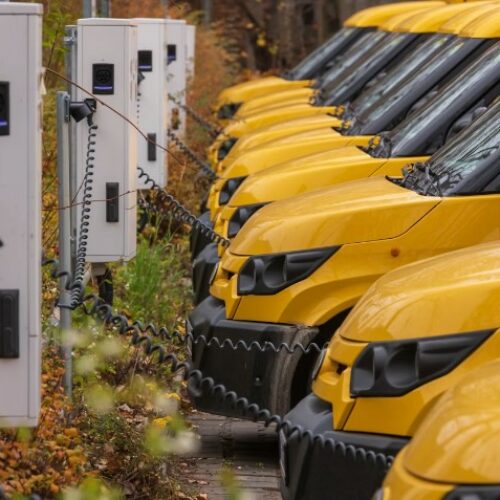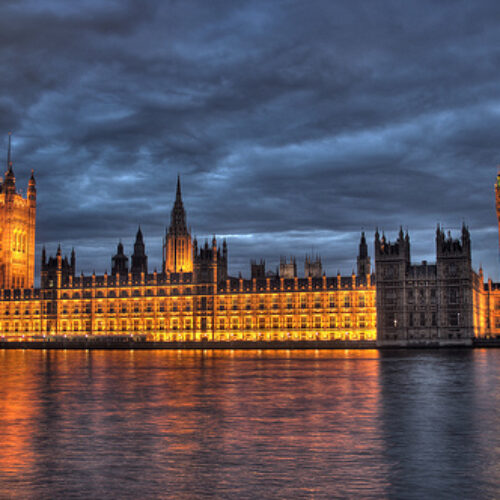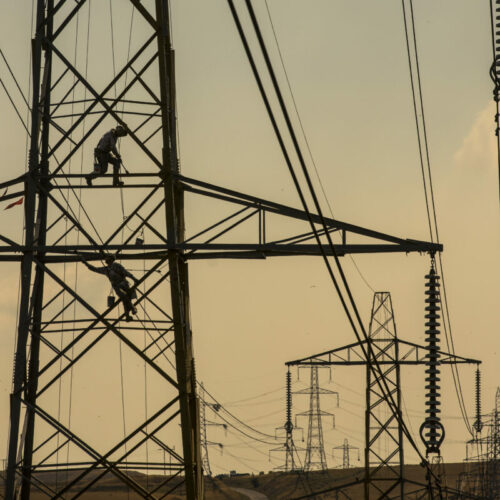Sizewell C nuclear power station has taken a step forwards, with the government publishing documents highlighting the progress made towards implementing a Regulated Asset Base (RAB) model.
The RAB model would see projects receive a regulated payment from electricity suppliers, designed to help large infrastructure projects.
Previously, nuclear projects have been supported using the Contracts for Difference (CfD) scheme, but developers must still finance the entirety of the construction costs, only receiving revenue when they start to generate electricity.
The high upfront cost has led to a number of nuclear power projects being cancelled, including Hitachi’s project at Wylfa Newydd in Wales and Toshiba’s at Moorside in Cumbria.
RAB instead offers private investors a greater degree of certainty by providing a lower and more reliable rate of return at the early stages of projects, according to the Department of Business, Energy and Industrial Strategy (BEIS). This helps lower the cost of financing nuclear power plants and will ultimately help reduce consumer electricity bills when compared to CfD support.
The 3.2GW Sizewell C nuclear power plant could be the first nuclear project developed using this model, subject to the outcome of current negotiations.
Yesterday (14 June), BEIS issued a draft exploring why the company operating Sizewell C, NNB Generation Company (SZC) Limited, should receive money through the RAB. This sets out the reasons Sizewell C meets the Nuclear Energy (Financing) Act criteria.
The Act was released earlier this year, and is being consulted on with the Environment Agency, Office for Nuclear Regulation, Ofgem and the SZC currently. This is set to come to a close on 4 July, and is seen as the first step to allowing nuclear companies to receive funding under the RAB model.
Additionally yesterday, the government launched a consultation on the details of exactly how nuclear projects could receive funding under the new financing model. The findings will be used to inform policy, ahead of a draft of the regulations being brought before parliament.
This consultation will be of particular interest to the statutory consultees named in section 25 of the Act, according to BEIS, including companies, the National System Operator and Scottish and Welsh government ministers, as well as nuclear developers.
If approved, a large-scale nuclear project funded under the RAB model is expected to add “at most a few pounds a year to typical household energy bills during the early stages of construction and on average approximately £1 per month during the full construction phase of the project,” noted BEIS.
In the long run, it will save consumers at least £30 billion on each project over its lifetime. This equates to more than £10 per year for an average domestic dual fuel bill over the lifetime of a project, when compared to supporting nuclear under using CfDs.
“The RAB model is an important part of cutting financing costs so the UK can get on with building brand new nuclear power stations,” the UK Nuclear Industry Association’s chief executive, Tom Greatrex.
“It will help enable Sizewell C, Britain’s next big green energy project, as well as further large and small projects, and it sends a clear message to investors that Britain backs nuclear. This is good news for UK consumers and businesses, who want clean, reliable, British power.”
The launch of both the RAB consultation and BEIS’s draft reasoning for supporting Sizewell C using such a model, builds on years of work by the government to establish the role RAB could play in nuclear. This includes setting out proposals for the exploration of the model back in July 2019.
Nuclear has fallen into particular focus in the UK in recent months given increased government support amidst the energy crisis. In May, it unveiled £120 million in funding to support the development of new nuclear energy projects, following plans to accelerate the rollout of nuclear power in the UK announced in the British Energy Security Strategy in April, when the government set a new target of up to 24GW by 2050.
Additional funding has also been announced to support Advanced Modular Reactors (AMRs), with a £2.5 million competition announced by the government the day after the Security Strategy was released as part of a wider £375 million support package.
In addition to this, the Office for Nuclear Regulations and Environment Agency is also set to receive an additional £830,000 to help the development of AMRs come to fruition in the UK.





